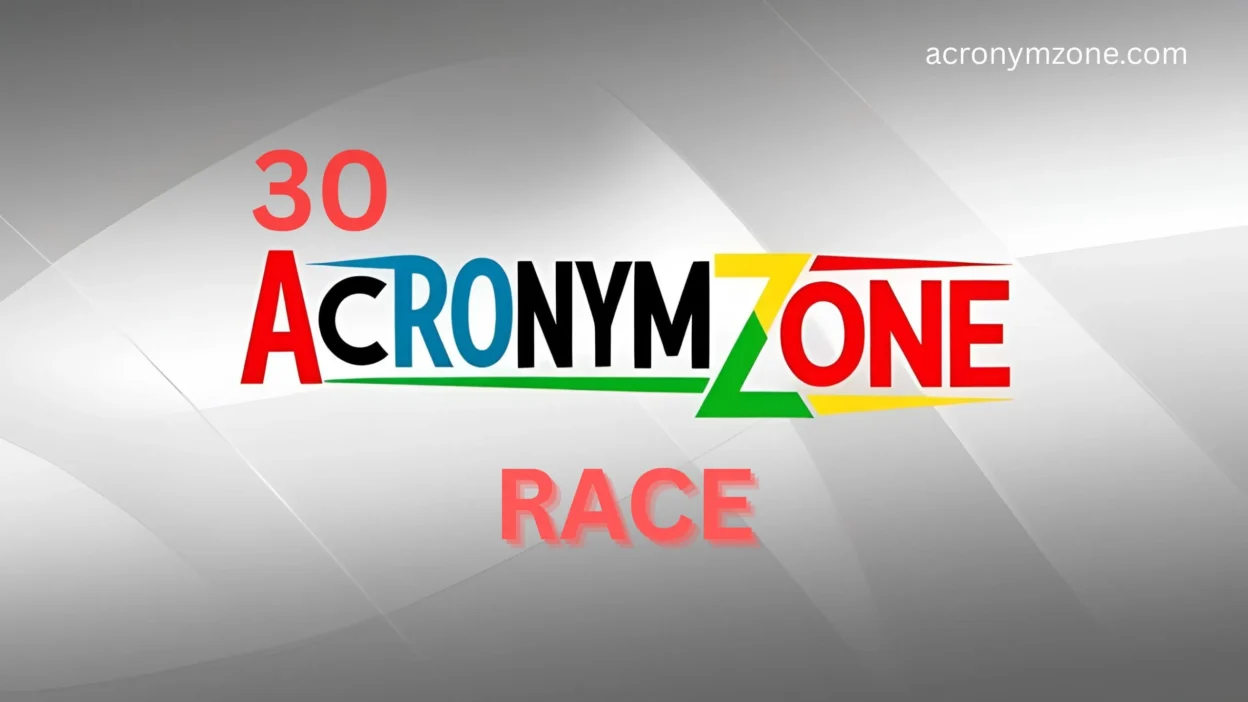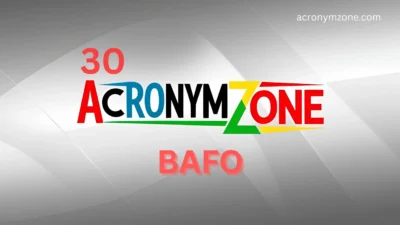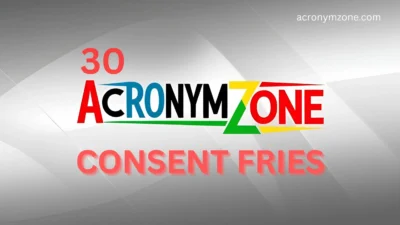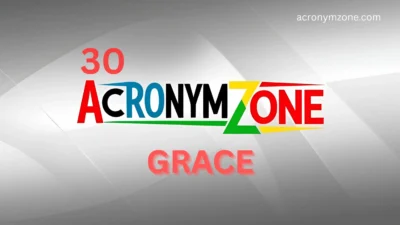When you hear “acronym RACE,” your first thought might be speed, movement, or urgency. But in many professional and educational contexts, RACE is a thoughtful strategy, not a sprint.
The acronym RACE often stands for:
- R – Restate the question
- A – Answer the question
- C – Cite evidence
- E – Explain your reasoning
This framework is widely used in writing, critical thinking, reading comprehension, and structured communication. It encourages clear, respectful, and logical responses.
But what if you want to switch up your acronym, reframe your approach, or tailor your method for different audiences or emotional tones?
Below, we explore 30 creative alternatives to the acronym RACE, offering descriptions, use cases, and sentence examples to help you choose the right one every time.
🧠 What Makes RACE Powerful?
The RACE acronym is designed to help students and professionals:
- Stay organized in their answers
- Use evidence and logic to support their points
- Develop clarity in written or spoken communication
- Think critically, not just guess or react
However, depending on the context, emotional tone, or audience (e.g., students vs professionals, writing vs speaking, creative vs analytical), different alternatives may serve better.
🔄 30 Alternatives to the RACE Acronym (with Explanations & Examples)
These acronym-style alternatives offer fresh frameworks while keeping the heart of RACE intact—structured, logical, and meaningful responses.
1. PEEL – Point, Evidence, Explain, Link
Perfect for essay writing.
“Use PEEL to develop each paragraph in your answer.”
2. SEE – State, Explain, Example
Simple and great for middle schoolers.
“Use SEE to build strong argument sentences.”
3. ACE – Answer, Cite, Explain
A shortened version of RACE for faster responses.
“In short-answer questions, stick with ACE.”
4. RAISE – Restate, Answer, Insert Evidence, Support, End Strong
Ideal for formal writing or assessments.
“RAISE your writing game with structure.”
5. TRACE – Topic sentence, Reason, Analysis, Cite, End
Helps structure paragraphs for clarity.
“Use TRACE to keep your writing on track.”
6. TAPE – Topic, Answer, Prove, Explain
Good for persuasive writing.
“TAPE helps you back up your opinions.”
7. GRACE – Give Response, Answer, Cite, Elaborate
Adds a softer, more narrative-friendly tone.
“Use GRACE for literary responses.”
8. RAP – Restate, Answer, Prove
Quick and effective in verbal responses.
“RAP your response in 30 seconds.”
9. LACE – Lead-in, Answer, Cite, Expand
Elegant structure for storytelling or essay intros.
“LACE gives your paragraphs flow.”
10. CLUE – Claim, Link, Use Evidence
Great for argument-driven writing.
“Find the CLUE in every paragraph.”
11. SPACE – State, Prove, Analyze, Conclude, Evaluate
Adds depth and critical thinking.
“Use SPACE in longer responses.”
12. RAFE – Restate, Answer, Find Evidence
Perfect for standardized test prep.
“RAFE it before you race through your test.”
13. FACE – Focus, Answer, Cite, Elaborate
Good for personal reflection and academic writing.
“Keep your FACE in every paragraph.”
14. LIFT – Lead, Integrate, Focus, Tie it together
For journalistic or creative writing.
“LIFT your writing to the next level.”
15. RAID – Restate, Answer, Integrate, Develop
For advanced students building deeper analysis.
“Let’s RAID the question with detail.”
16. RACE² – Restate, Answer, Cite, Expand
An enhanced RACE with added emphasis on development.
“RACE² shows you’re thinking deeply.”
17. FACT – Focus, Answer, Cite, Think further
Good for fact-based or science responses.
“Stick to the FACTs when making a claim.”
18. CARE – Claim, Answer, Reference, Explain
A warmer, more emotional tone for opinion-based writing.
“CARE helps you write from the heart and mind.”
19. DARE – Define, Answer, Reason, Elaborate
Bold structure for persuasive essays.
“DARE to go deeper in your arguments.”
20. BASE – Begin, Answer, Support, End
Minimalist and beginner-friendly.
“BASE gives new writers solid footing.”
21. FEED – Frame, Explain, Evidence, Develop
Encourages detail and development.
“FEED your paragraphs with strong content.”
22. RIDE – Restate, Interpret, Develop, End
Great for interpreting texts or quotes.
“RIDE through analysis with control.”
23. TAG – Turn the question, Answer it, Give proof
Simple enough for lower grade levels.
“TAG the question every time.”
24. READ – Restate, Elaborate, Add details
Perfect for close reading exercises.
“READ your way into deeper understanding.”
25. CLEAR – Claim, Link, Evidence, Analysis, Restate
For structured essay writing.
“Keep your thinking CLEAR and persuasive.”
26. PROVE – Present, Respond, Offer proof, Verify, Explain
For argument and persuasion.
“PROVE your thinking to your readers.”
27. VOICE – Viewpoint, Organize, Integrate, Cite, Explain
Ideal for opinion or narrative essays.
“Let your VOICE shine through structure.”
28. TRACE² – Topic, Reason, Analysis, Cite, Evaluate
A deeper, analytical variation.
“TRACE² makes your arguments stronger.”
29. WRITE – Write, Refer, Integrate, Think, Expand
General academic writing strategy.
“WRITE with clarity and evidence.”
30. REACT – Restate, Evidence, Analyze, Conclude, Tie-In
Perfect for literary or article responses.
“REACT with depth to what you’ve read.”
🧭 How to Choose the Right Acronym for Your Purpose
When deciding which acronym to use, think about:
| Context | Best Fit |
| Middle School | SEE, TAG, RAP |
| High School | RACE, PEEL, ACE |
| College/Essays | TRACE, CLEAR, WRITE |
| Persuasive Writing | DARE, FACT, PROVE |
| Reflective/Narrative | VOICE, GRACE, CARE |
| Test Prep | ACE, RAFE, BASE |
| Creative Writing | LIFT, SPACE, REACT |
Emotional Tone Tips:
- Warm/Friendly → CARE, VOICE, GRACE
- Professional → TRACE, CLEAR, FACT
- Fast/Efficient → RAP, ACE, TAG
✅ Conclusion: Writing with Purpose and Clarity
The RACE acronym is a solid foundation—but language is flexible, and your tools should be, too. These 30 alternatives give you options for clarity, emotional tone, and structure, tailored to the moment and the message.
Whether you’re helping students structure better answers, improving your own writing, or looking for creative ways to break through writer’s block, there’s an acronym that fits your need.
Remember: it’s not about racing through writing. It’s about responding with depth, citing with care, and explaining with clarity—at your own thoughtful pace.




